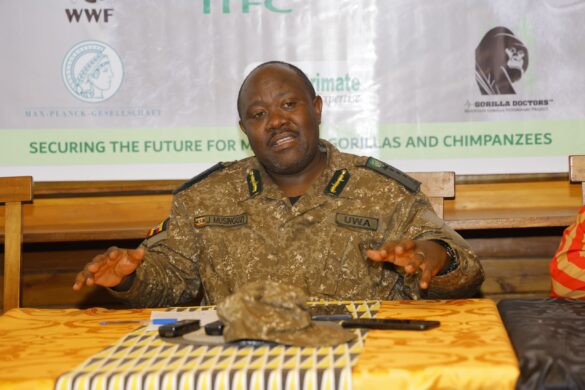Greater Virunga Transboundary Collaboration (GVTC) in collaboration with partners have begun a new count of mountain gorillas in Bwindi, Uganda.
The new scientific count, launched on Friday, will provide a robust estimate of the number of mountain gorillas living in Bwindi, and an indication of how the population has changed since the previous census was carried out in 2018.
Bwindi – Sarambwe is one of the two natural habitats on earth where mountain gorillas can be found.
This 2025 Bwindi-Sarambwe population survey of mountain gorillas is led by the International Gorilla Conservation Programme (IGCP), a coalition of three leading conservation organizations including Conservation International, Fauna & Flora and World Wildlife fund (WWF), and will be carried out collaboratively by scientists and national park authorities under the transboundary framework of the Greater Virunga Transboundary Collaboration.
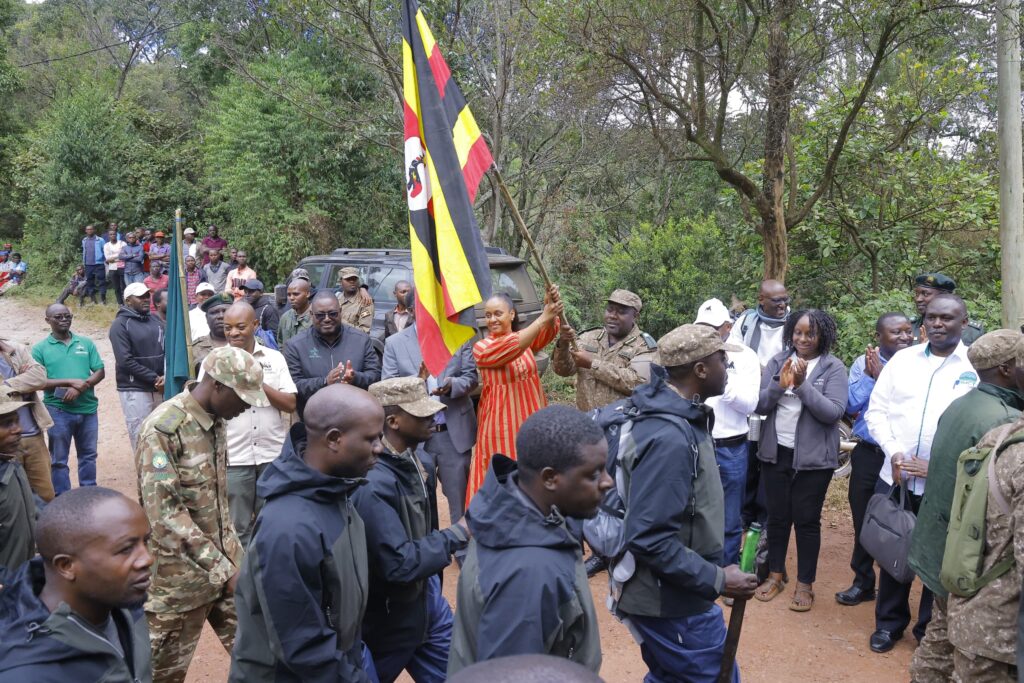
According to data from the 2018 Bwindi-Sarambwe census, the area has an estimated number of 459 individuals in 36 social groups and 16 solitary mountain gorillas.
This brought the global total population of mountain gorillas to 1,063 individuals then, and in the same year, the threat status for mountain gorillas was downgraded from ‘Critically Endangered’ to ‘Endangered’ in the IUCN Red List of Threatened Species due to the recorded increase in their population.
Authorities and partners attribute this increase to decades of dedicated conservation efforts.
According to a statement from IGCP, the 2025 Bwindi – Sarambwe census will provide information on demographics (age and sex ratio) within the Bwindi – Sarambwe population, the location of groups about each other within the ecosystem, illegal activities, vegetation dynamics in the gorilla habitat, and the status of other large mammals within the area.
“It is always an honor for IGCP to spearhead the mountain gorilla census process. Working closely with the mountain gorilla range countries and other partners, we look forward to delivering a comprehensive Bwindi census that will contribute to the conservation of mountain gorillas,” IGCP director Wellard Makambo said.
The Bwindi – Sarambwe census will also include the first ever count of chimpanzees in the landscape.
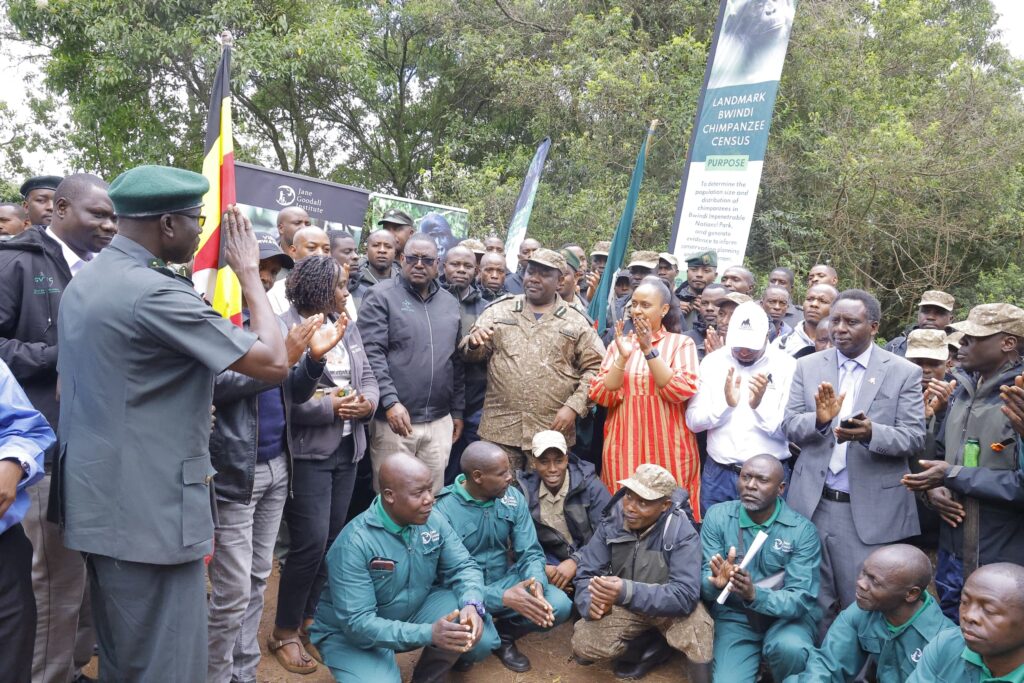
Commenting on the chimpanzee census happening concurrently, James Byamukama, the Executive Director, Director of the Jane Goodall Institute Uganda said that the count of chimpanzees in the Bwindi – Sarambwe landscape, is going to be the first ever to determine the population of chimpanzees in this ecosystem, changing the conservation story and branding of the area as the only landscape with two endangered great apes co-existing with another great ape, the human being.
Six teams comprising of staff from the 11 participating institutions have begun systematically moving on foot through the dense Bwindi Impenetrable forest looking for signs of mountain gorillas, recording mountain gorilla nest sites and collecting fecal samples to be used for genetic analyses.
Unlike previous censuses where samples were shipped abroad for analysis, genetic analysis for this new census in Bwindi–Sarambwe will be carried out within the region.
This will not only reduce logistics for shipping samples but also contribute to local capacity building in terms of equipment and personnel.
“The census is a true testament to the strength of collaboration, which has been at the heart of efforts to save the endangered mountain gorillas,” explains Dr. Andrew Sseguya, Executive Secretary of the Greater Virunga Transboundary Collaboration.
Data, sample collection and analyses will continue through this year and results from the count will be released in 2026.
According to Mr Nelson Guma, the Uganda Wildlife Authority Chief Park Warden for Bwindi-Mgahinga conservation area, this census means a lot for Bwindi and for the country of Uganda at large.
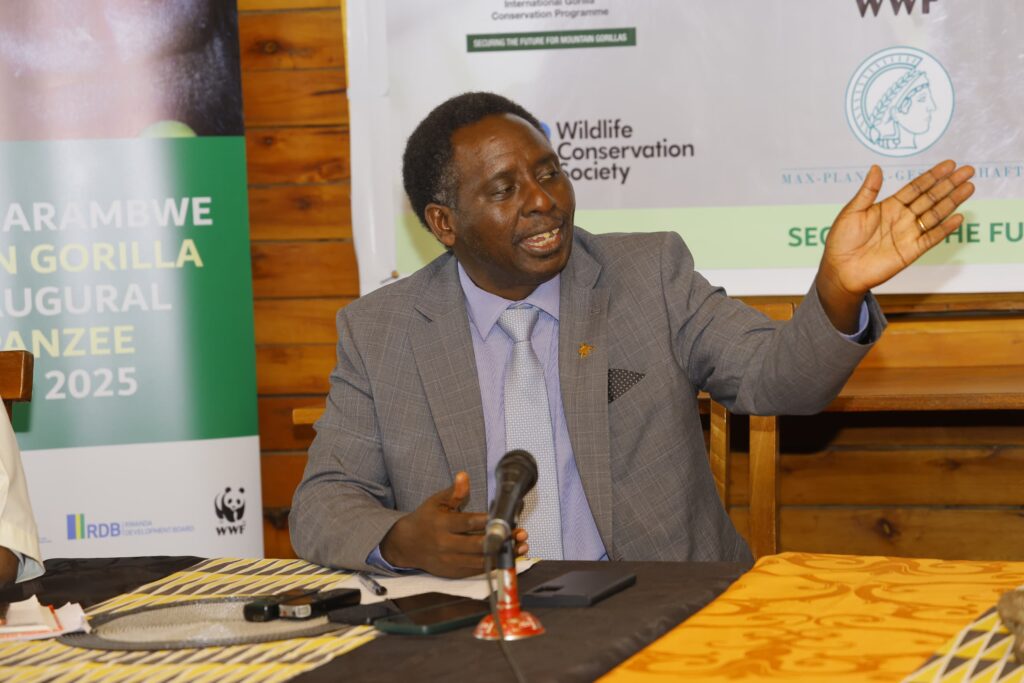
“It is an important exercise that measures our success in conserving the endangered mountain gorilla as a flagship species for our protected areas. It will also tell us about the integrity of the protected areas as critical habitats for the survival of the endangered mountain gorillas. It is further an opportunity to share our experiences of conducting the mountain gorilla census and enhance methodologies that can be adopted by other gorilla range states as a best practice. The results will be significant for planning and enhancing strategies for sustainable gorilla conservation,” he said.
The Bwindi-Sarambwe ecosystem encompasses the Bwindi Impenetrable National Park of approximately 331 km in Uganda and the Sarambwe Nature Reserve of 9 km2 in the Democratic Republic of Congo.
Initiated informally by the Park Managers to monitor the Migratory Mountain Gorillas between Democratic Republic of Congo (DRC), Rwanda and Uganda in 1990, the Greater Virunga Transboundary Collaboration has evolved since then into a Treaty signed between the three Partner States in October 2015 as framework of programmes, plans and activities to conserve a network of transboundary Protected Areas in Greater Virunga Landscape (GVL).
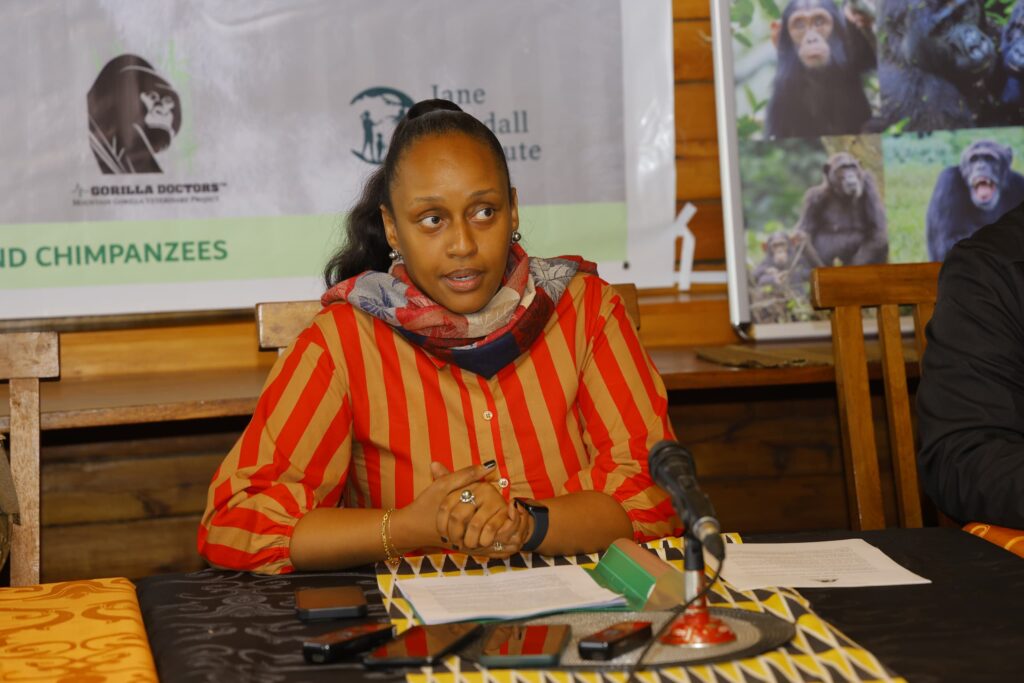
The census is funded by generous contributions from several partners, including WWF, Great Virunga Transboundary Collaboration, and Partners in Conservation, range states, and local stakeholders through in-kind support.


